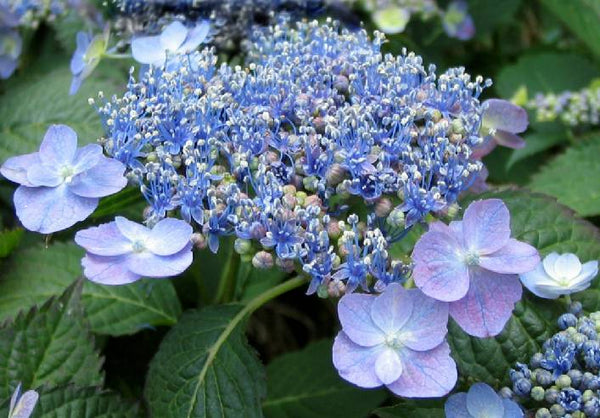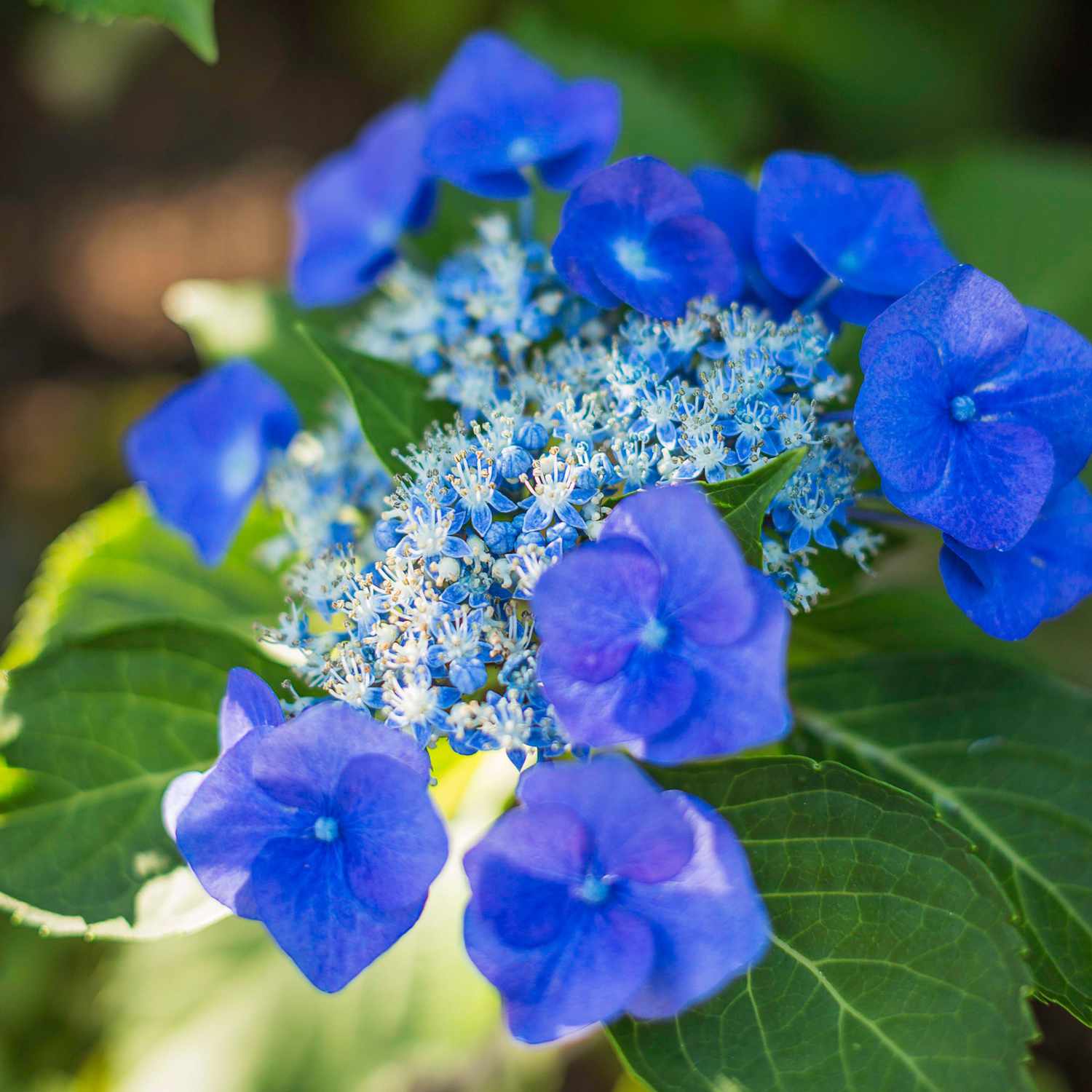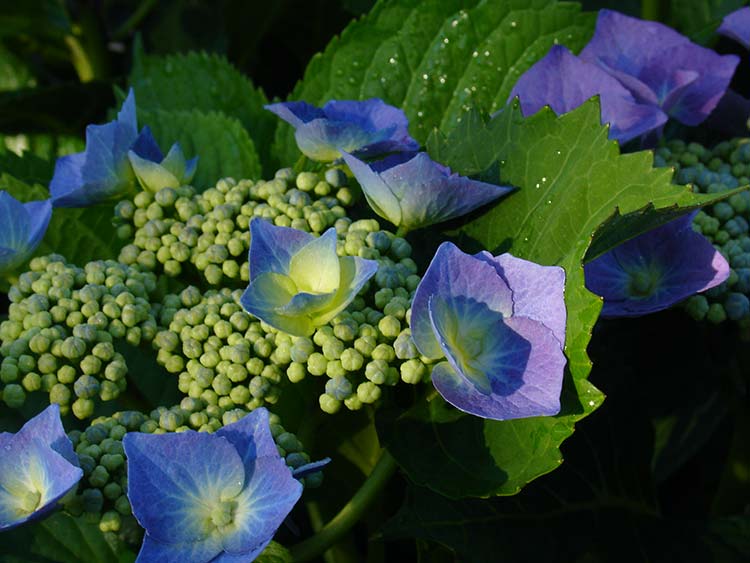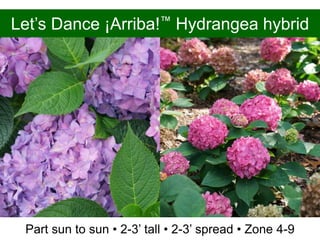Blue Hydrangeas: How To Grow And Care For These Stunning Blooms
Blue Hydrangeas: How to Grow and Care for These Stunning Blooms
Blue hydrangeas are one of the most popular flowering shrubs in the world, and for good reason. Their large, showy blooms come in a variety of shades of blue, from pale sky blue to deep navy. They are also relatively easy to care for, making them a great choice for even novice gardeners.
If you are thinking about adding blue hydrangeas to your garden, here are a few things you need to know:
- Choose the right variety. Not all hydrangeas produce blue blooms. The most common variety for producing blue hydrangeas is Hydrangea macrophylla. Other varieties that may produce blue blooms include Hydrangea serrata and Hydrangea paniculata.
- Plant in the right location. Blue hydrangeas prefer partial shade, but they can tolerate full sun in cooler climates. They also need well-drained soil.
- Test your soil pH. The pH of the soil will affect the color of your hydrangea blooms. Blue hydrangeas typically bloom blue in acidic soil (pH of 5.5 or lower). If your soil is alkaline, you can add sulfur or aluminum sulfate to acidify it.
- Water regularly. Blue hydrangeas need regular watering, especially during hot, dry weather.
- Mulch around your hydrangeas. Mulch helps to retain moisture and suppress weeds.
- Fertilize your hydrangeas in the spring. Use a fertilizer specifically formulated for hydrangeas.
- Prune your hydrangeas in the spring. Pruning helps to promote new growth and encourage flowering.
With proper care, your blue hydrangeas will thrive and provide you with years of beautiful blooms.
Here are some additional tips for growing blue hydrangeas:
- Add coffee grounds to the soil. Coffee grounds make the soil more acidic, which helps to produce blue hydrangea blooms.
- Water your hydrangeas with rainwater or distilled water. Tap water can contain minerals that can make the soil alkaline, which can interfere with blue flower production.
- Protect your hydrangeas from the hot afternoon sun. If you live in a hot climate, consider planting your hydrangeas in a location that gets morning sun and afternoon shade.
- Deadhead spent blooms. Deadheading encourages new growth and more flowers.
- Overwinter your hydrangeas in cold climates. If you live in an area with cold winters, you may need to overwinter your hydrangeas in a protected location.
With a little care and attention, you can enjoy beautiful blue hydrangeas for many years to come.
If you're looking for a beautiful and easy-care hydrangea, the Blue Cassel is a great option. This compact shrub produces large, blue-violet lacecap flowers that bloom from summer to fall. Blue Cassel is hardy in zones 5-9 and prefers full sun to part shade. It's also drought-tolerant once established.
If you're interested in learning more about Blue Cassel hydrangeas, I recommend visiting . This website has a wealth of information about the plant, including its care requirements, planting tips, and pest and disease prevention. You can also find photos of Blue Cassel hydrangeas in bloom, as well as helpful articles about how to choose the right hydrangea for your garden.
FAQ of blue cassel hydrangea
- What is a blue cassel hydrangea?
A blue cassel hydrangea is a type of hydrangea that blooms in shades of blue, purple, or pink. It is a large shrub that can grow up to 6 feet tall and wide. Blue cassel hydrangeas are hardy in USDA zones 5-9.
- How do I get my blue cassel hydrangea to bloom blue?
The color of a blue cassel hydrangea's flowers is determined by the pH of the soil. In acidic soil (pH below 6), the flowers will turn blue. In alkaline soil (pH above 7), the flowers will turn pink or red. You can test the pH of your soil using a soil test kit. If your soil is alkaline, you can add sulfur or aluminum sulfate to acidify it.
- How much sunlight does a blue cassel hydrangea need?
Blue cassel hydrangeas need full sun to partial shade. They will bloom best in full sun, but they can tolerate some shade. If you live in a hot climate, you may want to plant your blue cassel hydrangea in a spot that gets morning sun and afternoon shade.
- How much water does a blue cassel hydrangea need?
Blue cassel hydrangeas need regular watering, especially during the first year after planting. Once they are established, they can tolerate some drought. Water your blue cassel hydrangea deeply once a week, or more often during hot, dry weather.
- How do I care for my blue cassel hydrangea in the winter?
Blue cassel hydrangeas are hardy in USDA zones 5-9. In colder climates, you may need to protect your blue cassel hydrangea from the cold. You can do this by wrapping the plant in burlap or other protective covering. You may also need to water your blue cassel hydrangea more frequently during the winter months.
Image of blue cassel hydrangea
- A large blue hydrangea bush in full bloom. The flowers are a deep blue color and are arranged in large clusters. The leaves of the bush are a dark green color.

- A close-up of a single blue hydrangea flower. The flower is a deep blue color with a white center. The petals are slightly ruffled.

- A row of blue hydrangea bushes planted along a walkway. The bushes are in full bloom and the flowers are a deep blue color. The leaves of the bushes are a dark green color.

- A blue hydrangea bush in a pot on a patio. The bush is in full bloom and the flowers are a deep blue color. The leaves of the bush are a dark green color.

- A bouquet of blue hydrangea flowers. The flowers are a deep blue color and are arranged in a vase. The leaves of the flowers are a dark green color.

Post a Comment for "Blue Hydrangeas: How To Grow And Care For These Stunning Blooms"